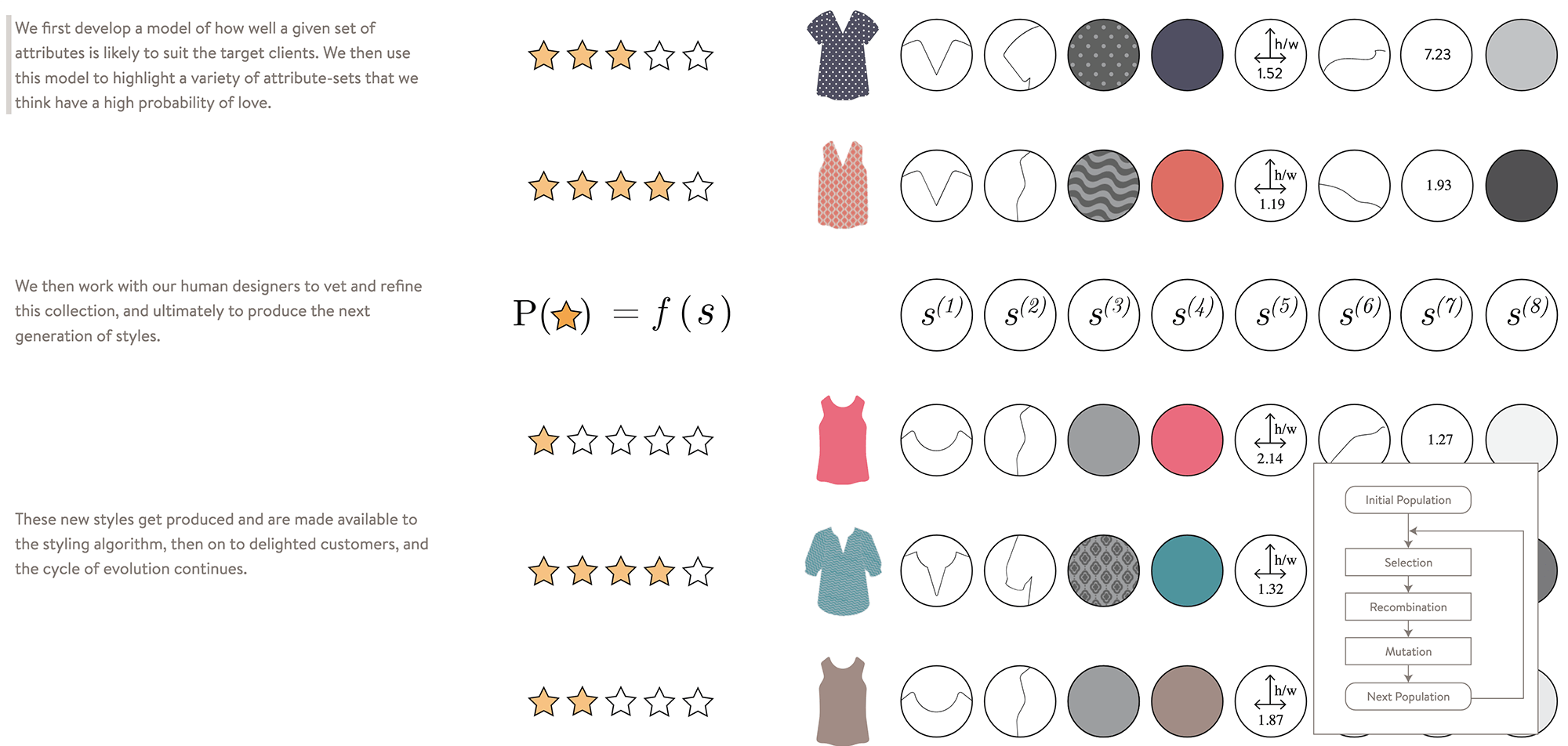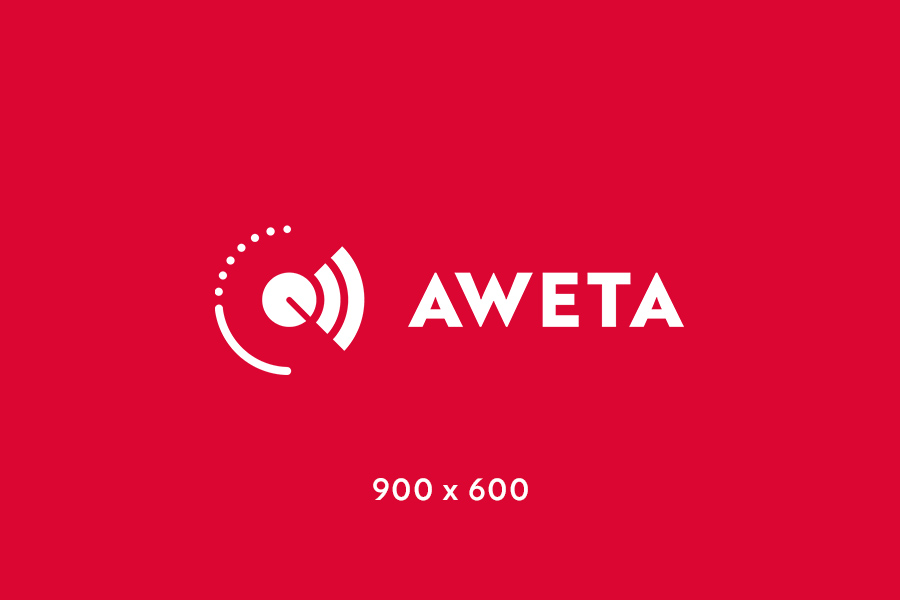

We had a ptp and slider combo, but after drawings that are 45 pages becoming common place, I decided on a router and not to post to a saw and the ptp. Their is a CAD feature and you can use it to get the details flushed out. If you don't show details like the architect wants, they are going to be rejected. It's pretty intense, but with the knowledge in hand that it all revolves around construction methods and materials schedules, things are going well.Īs for shop submitals, I think that the devil is in the details. We have been running Cabinet Vision for a long time and 2 years ago bought a cnc, then bought s2m. Sorry to throw more confusion into your decision making process, but you should do your due diligence.Ħ/6/14 #8: Cabinet Vision / Microvellum. The 3D modeling interface for addressing custom products is a bit more user friendly when dealing with things that are non standard.

It is AutoCAD based and provides excellent submittal drawings, right out of the box. They just don't do things unless it's done right. The nice thing is that it is German engineering. It has been around for quite a while but was mainly in the European market. To be fair, it should be noted that we represent woodCAD|CAM, now and it is, at least worth your attention to look at. I'll be completely open and honest with you, I've got experience with MV but not CV. You can go cheaper, but in the long run, you'll run into the limitations of a cheaper software and you'll be investing more to address those shortcomings.

Plan on revisiting training on specific functions that you want to get more proficient with. At least a week onsite to get you functioning. Both programs that you mention, in order to implement them properly, require the sufficient amount of training and integration. If that is important, you will want to lean toward an AutoCAD based software. You should consider how important it is to be able to submit and do shop drawings in an AutoCAD format.


 0 kommentar(er)
0 kommentar(er)
